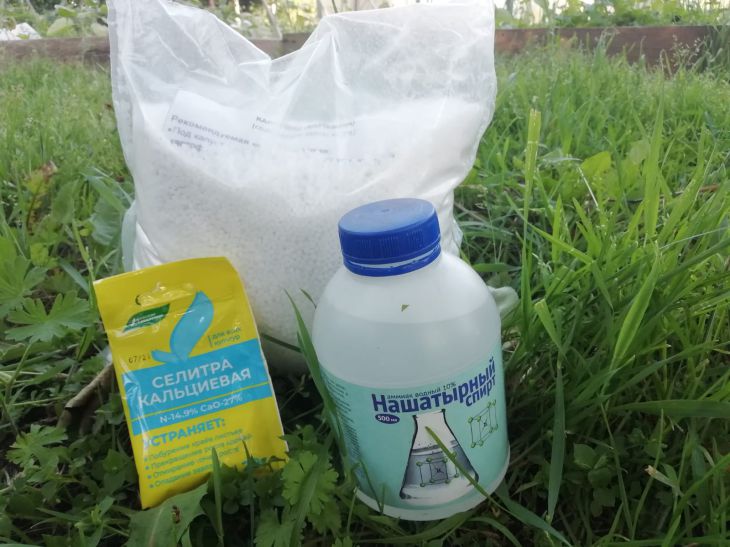If the seedlings on the windowsill have grown strong and healthy, this does not mean that the worst is behind us.
After transplanting into the ground, you will need to monitor the plantings even more closely. Attacks from pests, fungi, and infections will begin. Among others, the gardener will be pestered by blossom-end rot.
As they say, it is better to prevent a disease than to treat it. You need to be prepared for the fact that the disease will primarily affect peppers and tomatoes. The reason lies in the lack of calcium.
Although this problem manifests itself during the fruiting period, it is better to prepare for the consequences and prevention in advance.
How to proceed
Even if you add calcium supplements to the soil, it will only become available to plants within six months.

It is known that a source of calcium is crushed eggshells, which gardeners place in holes when transplanting seedlings.
But few people know how to make fertilizer even more useful for plants.
In order for the root system to be able to consume the necessary element, the crushed shell must be warmed up before being added to the soil.
Then 50 grams of powder are placed in a liter jar and 0.5 liters of vinegar (any) are added, the jar is left in a cool place, for several weeks in a dark, warm (+20 degrees Celsius) and uninhabited room.
Summer residents say that during this time, excess vinegar will evaporate, and what remains is fertilizer containing calcium in a form accessible to plants.
How to feed
All that remains is to filter the solution, dilute it with water in a ratio of 1:20 and use it for foliar treatment. If you plan to carry out root feeding, then dilute the concentrate in a ratio of 1:10.
Peppers are fed once a week, and tomatoes once every 2 weeks.








